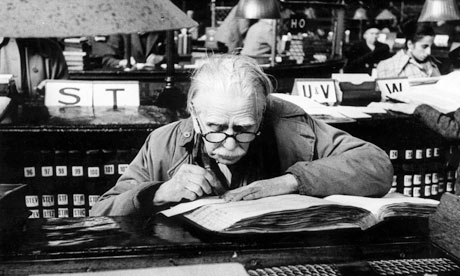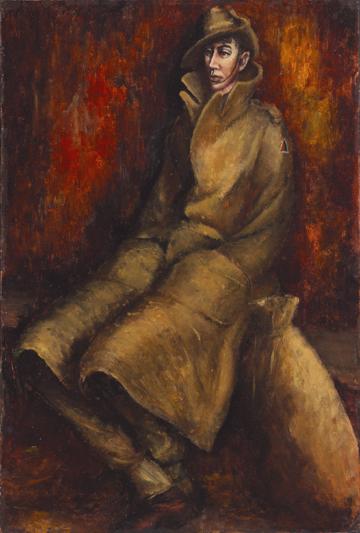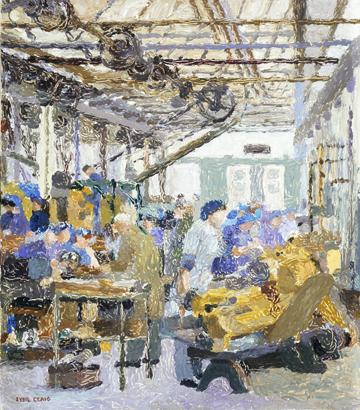I love libraries. I love the thought of sharing literature and information and the wonderful joy of reading. You can get so much from a book. You can learn about new worlds and introduce yourself to new ideas, or you can escape into comfortable and familiar narratives or even just look at the pictures as you turn the pages.
Yes, indeed, libraries are a wonderful invention and have been going strong for almost 5,000 years. That's pretty impressive.
However, on a more prosaic level, there are some things I have found in these borrowed books that have not entirely thrilled me. Although finding someone else's shopping list or scribbled notes to self doesn't bother me at all (and, in fact, can be quite interesting), I would just like to put out a plea here for people to return books in the state in which they would like to find them, or at the very least, try to make sure they don't contain any of the following:
5 Things Found in Library Books:
- Sand - we all know that the stuff gets everywhere, and you can accept that when you've had a nice holiday by the beach. But when you haven't, and you still end up with gritty little particles all over the sheets, it can be annoying.
- Dead insects - probably preferrable to live insects, but still... I suspect one recent volume I borrowed (The Timeless Land by Eleanor Dark, since you ask) was deliberately used to squish mosquitoes.
- Food - particularly tomato pips for some reason, and unidentifiable sauces - at least I like to think they're sauces, otherwise I would recoil in horror.
- Lists of today's checked-out items - they contain your name, membership number and other personal details. I'm not interested in stealing your identity, but others may not be quite so scrupulous.
- Hair - mainly (but by no means exclusively) from the head.









